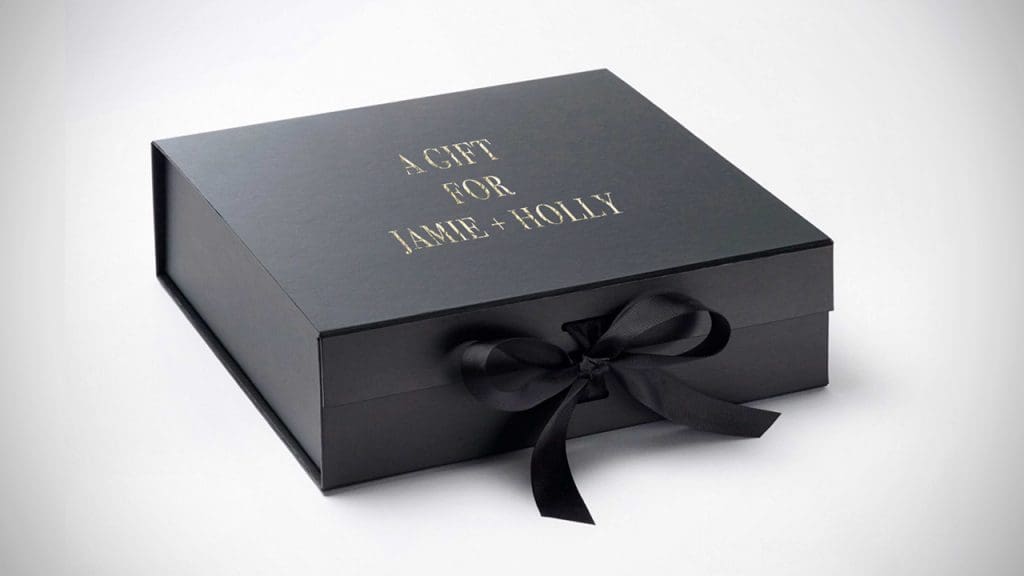All hail the age of luxury brands
Over the last decade, luxury brands have stormed ahead with the creation of increased desire amongst consumers. A large part of this growth has been driven by the ability to personalise possessions, from cars to jewellery to clothing. Personalisation can often be the recording of a memory, something magical or even ‘just because you can’.
One thing stands true—brand awareness is a key driver to the ownership of luxury products. But the question that is often asked is what is luxury?
Delivering the brand experience in the digital age
Given the large reach of the digital landscape and the very low entry barriers, luxury brands are beginning to expand their presence in the online arena. Around the world, luxury products are expanding their reach. For example, the Luxepolis or Darveys websites in India hold the most luxury and well-known brands. This is a telling tale as India is the fifth-largest economy in the world (by GDP) and the third fastest-growing; you can see why luxury brands are focusing on this opportunity.
How online sales are good for luxury brand personalisation
Moving from a physical store to positioning a luxury brand online is key to growth for any business. Some schools of thought say that digital marketing should even be the core focus of luxury retail brands. With this changing market landscape, e-commerce plays a greater role in the sale of luxury goods.
It’s all about the packaging
Packaging is playing an increasingly important role in offering premium e-commerce experiences. Given that wealthy consumers are increasingly shopping online, creating a delightful, unforgettable premium unboxing experience that sharpens their senses plays a vital role in luxury brands. The ability to personalise with embossing, debossing or metallic-foiling of packaging for customers presents the ultimate in unboxing experiences. Learn how about Metallic Elephants personalisation here.
Know your markets and be sensitive
To be successful in any global market, many luxury brands need to change their skills by adding more cultural sensitivity, customer skills, and luxury training to their brand history in each trading territory. Each country’s marketing is too important and expensive to work without precision, and mistakes cost a lot more than the initial investment. Before developing effective marketing strategies for a particular market, it is important to understand the basic components and functions of a luxury brand.
Getting the right positioning strategy
The International Research Institute for Social Change (RISC) conducted a survey to investigate positioning strategies for luxury brands based on brand awareness and level of shopping. The researchers were trying to understand the secret of successfully positioning some luxury brands in each market.
Here are some of the key takeaways from the research:
- One of the key discoveries was that brands that have a very high profile and a controlled brand diffusion demonstrated a high desire to own among consumers
- Avoiding too much diversification is crucial, with considered line extensions being of utmost importance to preserve the prestigious identity of a luxury brand
- Brand awareness and purchase of a luxury brand have a significant relationship to the perception that we are ‘living the luxury dream’
- This indicates that the buying intent of a luxury brand is increased when consumers know the brand well
The other side of the coin—private labels
But what about the smaller, more unique side of the coin; private label products? Consider that the sales of private label products grow three times faster than branded products. Private labels can help keep older brands relevant in a landscape where customers value quality and affordability more than a brand name. Take, for example, PS by Paul Smith, affordable and carrying the brand name strongly. With the advent of young, digitally savvy customers such as generators (approaching the age of 20) and young millennials (consumers under 30), interest in more niche brands have increased significantly, and the PS brand has been able to make the most of this trend and create an entry point to the luxury product.
The market for smaller, independent brands
As a single brand, smaller companies may not pose a threat to the big brands. Taken together, however, they already occupy a significant market share and do a much better job of creating purpose, relevance, and authenticity for younger customers. For example with luxury handbags and fashion, there have never been such different offers as now, both in terms of brands and in terms of items. Learn how personalisation can benefit your business here.
Innovation is the key
The best luxury brands are seen by their customers as innovative, inspiring and influential.
Consumers expect unforgettable moments and personalised products which delivers an escape from their everyday life and, above all, they want to fall in love with a brand. Delivering this over and over remains a challenge for the marketplace, but personalisation brings with its longevity of ownership, the holy grail of all luxury brands.
For our customers, a Metallic Elephant hot foil machine is often a key step towards personalisation and luxury for their products. Find out more about hot foil printing here. If you would like to learn more about how we can help, please feel free to drop us a line on our Contact Us page or give us a call anytime.



